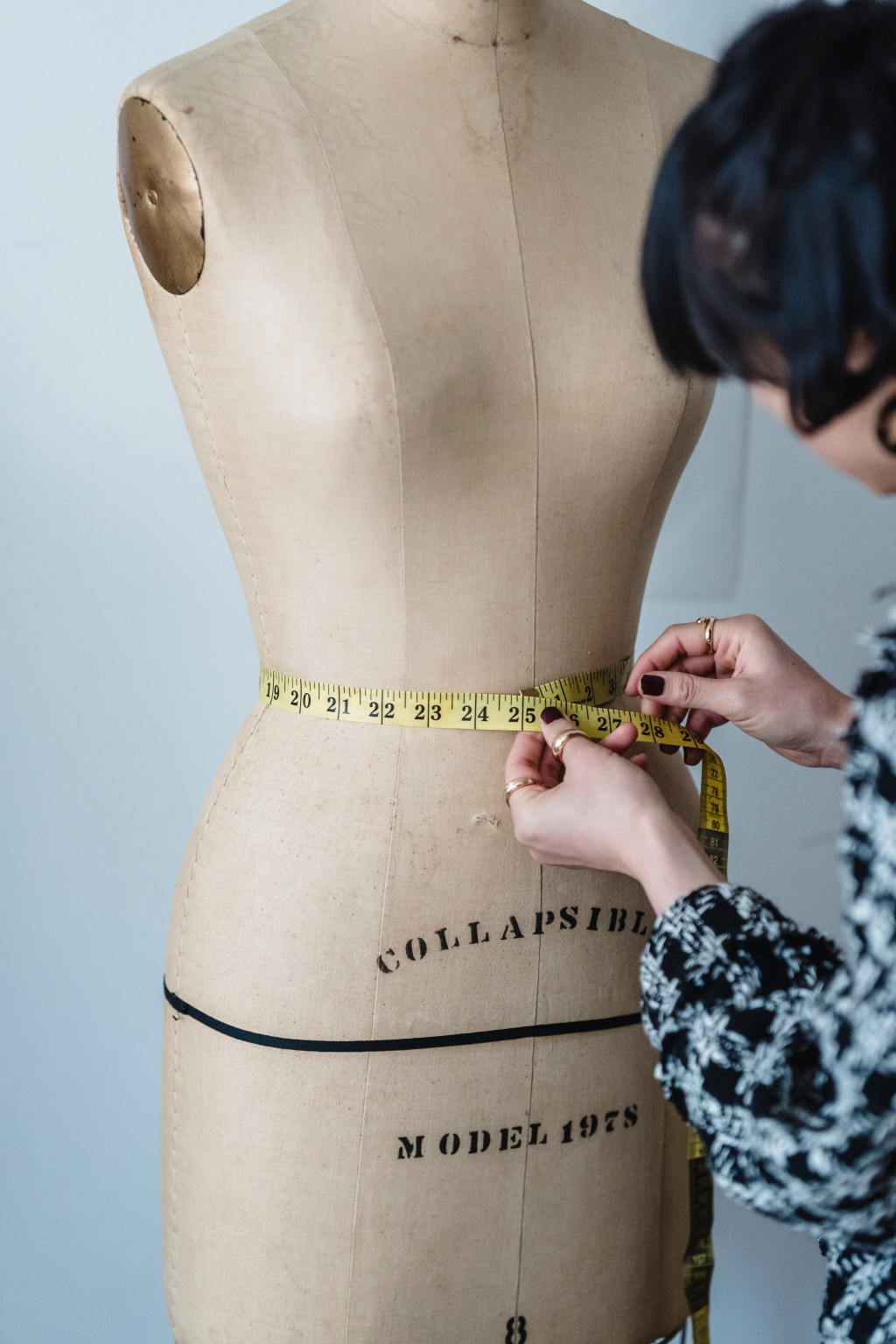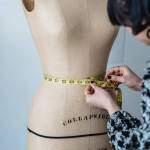Designing and creating a dress is very simple and can be done by anyone. As long as you have an idea, some paper, some fabric, something to mark, something to cut, and something to sew.
Here is how to do it.
Step 1 : Supplies you'll need You will need the following items:
- Paper (for drawing)
- Pencil
- butcher paper (for adjusting the stencil, you can find it in rolls cheaply in creative recreation stores)
- Ruler
- Scissors
- Wheel markers
- Tape measure
- Sewing machine (can be made by hand, if you are brave)
- Fabric (and lining fabric)
- Topic
- Needle (for changing hand stitch)
- Zipper dress
- Seam Ripper
Step2 : Sketch a drawing, measurements and stencils
I drew something I liked and then measured my pattern, following a tailor's helpful measuring guide. I record the measurements with my drawing and imagine the dress unfolding on a flat surface. Graph paper is useful here to ensure symmetry.
I drew each of these planes and noted where the seams were and how they would attach to the other planes of the dress.
Here's an example, if my model's waist is 50 inches (circumference), that means the top of the front that covers her waist will be around 25 inches. The dress was not intended for a fit so it was designed to flare slightly from the waist.
These drawings will allow you to estimate how much fabric you need to buy. I bought two yards of polyester fabric and two yards of petticoat.
After these planes were finished drawing, I transferred them to full sized butcher paper. I have not included pictures of this as they all look the same and are of little use. Butcher paper is a great paper because it is very difficult to tear and bend.
Here are a few tips for transferring your small design to butcher paper and keeping it symmetrical and proportional:
- Make the stencils slightly larger than actual measurements. This leaves room for seams!
- Regularly check measurements with a ruler or tape measure
- Use the edges of the paper to keep the edges straight
- Use a compass if you are knowledgeable about geometry
- Working on hard surface
- Use a pencil, eraser is your friend
- Fold the stencils in half to ensure symmetry
- One stencil can work for multiple parts of the outfit.
Step 3 : Cut the fabric
After cutting the stencils, place them on your fabric and trace them with a chalk wheel. Be careful that the stencil does not slip while you mark the fabric
Step 4 : Start sewing and Adding the Zipper
Now you need to sew the lining planes to the actual planes of the dress. Be sure to pin the edges before you start sewing to keep everything aligned.







